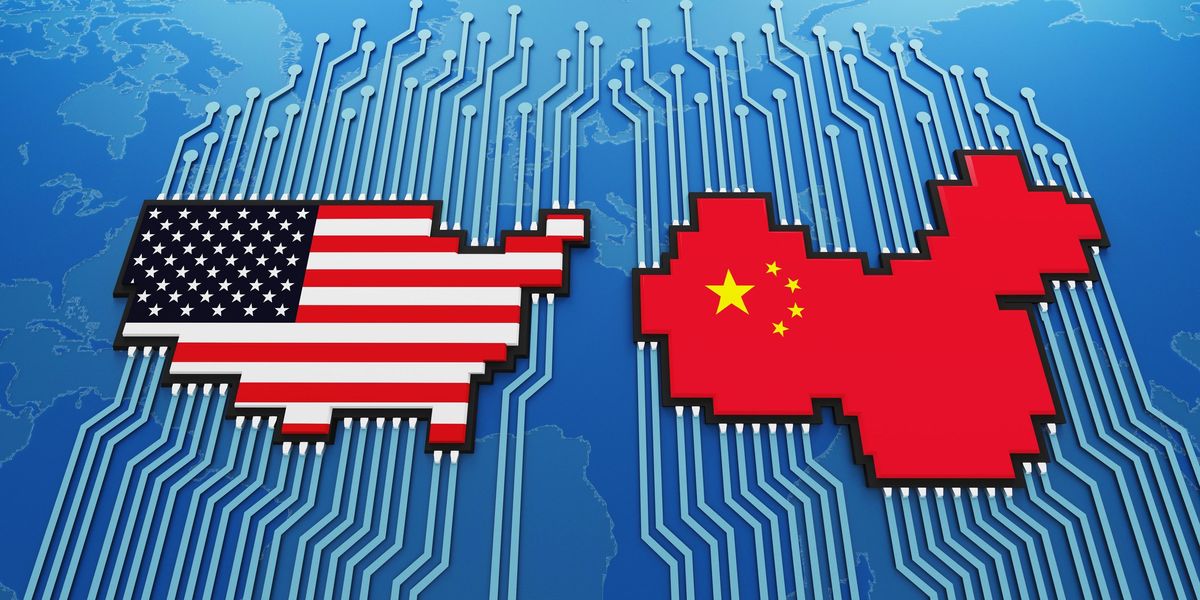We support our Publishers and Content Creators. You can view this story on their website by CLICKING HERE.

China’s latest AI advancements highlight the urgency for America to support its open-source community. Chinese companies, such as Alibaba, are driving innovation with projects like the Qwen 2.5-Coder, an open-source model that reportedly outperforms all global open-source models and rivals some tasks performed by the leading closed-source model, GPT-4o.
These achievements stem from a sharp policy contrast. China actively subsidizes its open-source ecosystem, encouraging global collaboration and rapid innovation. It provides indirect funding and supports major open-source AI conferences. Meanwhile, U.S. politicians and policymakers are increasingly at odds with their own open-source community, creating barriers that hinder progress. If this trend continues, America risks surrendering its technological leadership to global competitors.
China recognizes that its primary risk lies in losing technological primacy. America’s risk-aversion, ironically, is its biggest risk.
America has long been the global leader in AI research talent and enterprise, especially in closed-source AI applications. However, the gap in open-source AI leadership is narrowing rapidly — and in some cases, even reversing.
Open source plays a critical role in the diffusion of AI technology. China has recognized this and uses open-source platforms to distribute its AI infrastructure globally. In industries like manufacturing and 5G networks, U.S. policymakers understand the risks posed by China’s dominance in infrastructure. Unfortunately, they have yet to apply the same clarity and urgency to AI.
Open-source AI is uniquely positioned to diffuse both American and Chinese AI models to third-party countries, fostering permission-less innovation. Startups and independent researchers, regardless of location, can build on almost one million open-source models hosted on platforms like HuggingFace. Unlike closed-source AI companies, open-source platforms eliminate many cost, communication, and regulatory barriers.
This accessibility allows researchers in countries like India, Brazil, and Indonesia to use local knowledge to fine-tune and adapt open-source models for their economies.
The most efficient open-source models available in the next decade may permanently determine the AI infrastructure of the world.
Until recently, the American regulatory environment had been largely hostile to AI. The Biden administration’s executive order on AI focused heavily on limiting the technology’s expansion. Meanwhile, a bill that would have effectively banned open-source AI narrowly avoided becoming law after California Gov. Gavin Newsom vetoed it.
American policymakers claim strict regulations ensure ethical AI development. In reality, even moderate AI regulations have hampered U.S. companies’ ability to innovate. These rules require significant resources and talent to ensure compliance. For example, a Google engineer told Pirate Wires that “probably half of our engineering hours” are spent on diversity compliance in the Gemini model.
China has a different philosophy. While it wields political power strategically, it remains conscious of the cost of overly restrictive policies. As U.S. companies self-regulate to avoid backlash, Chinese AI models are rapidly catching up. China recognizes that its primary risk lies in losing technological primacy. America’s risk-aversion, ironically, is its biggest risk.
At a time when traditional AI approaches are delivering diminishing returns, open-source AI offers a critical platform for academics, startups, and independent researchers to test innovative algorithms and methods. However, open-source efforts remain significantly underfunded compared to closed-source companies.
As the Trump-Vance administration seeks to unleash AI’s potential, it could draw lessons from an unusual exception to the Biden administration’s skeptical stance on open source. A July report from the National Telecommunications and Information Administration revealed overwhelming support for open-source AI in public comments. While the report stopped short of actively promoting open-source AI, it rejected proposals to restrict open-source model weights.
The unpursued recommendations from the NTIA report offer valuable insights for crafting a more innovation-friendly AI policy. Embracing these options could align with the new administration’s mission to foster U.S. leadership in AI while encouraging experimentation and innovation. We simply cannot let China win.

 Conservative
Conservative  Search
Search Trending
Trending Current News
Current News 







